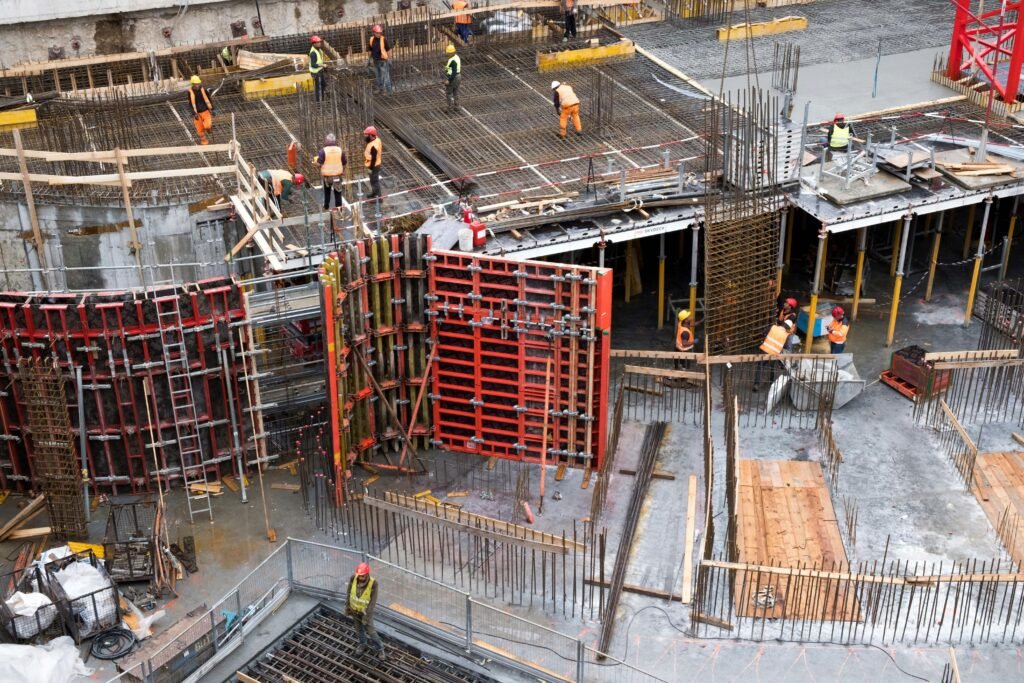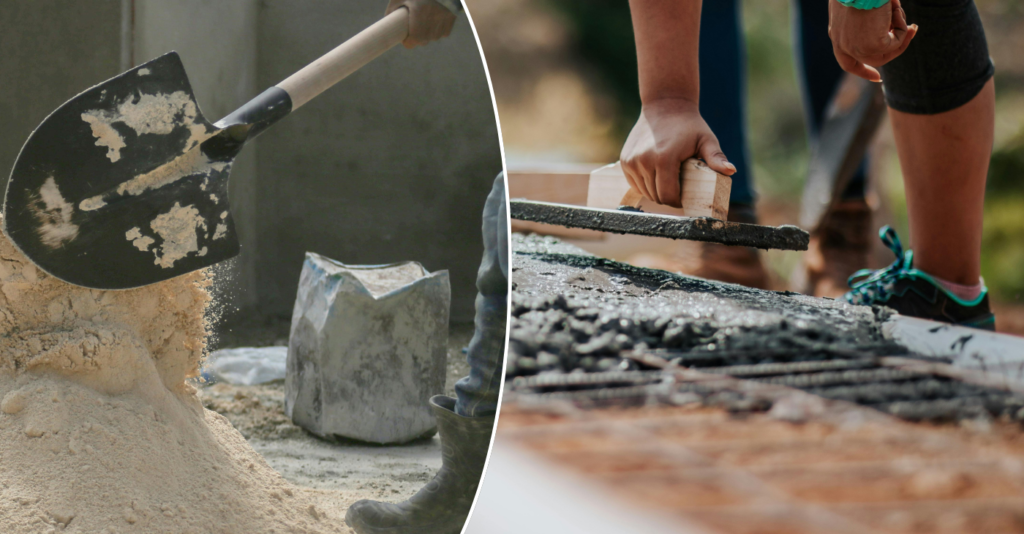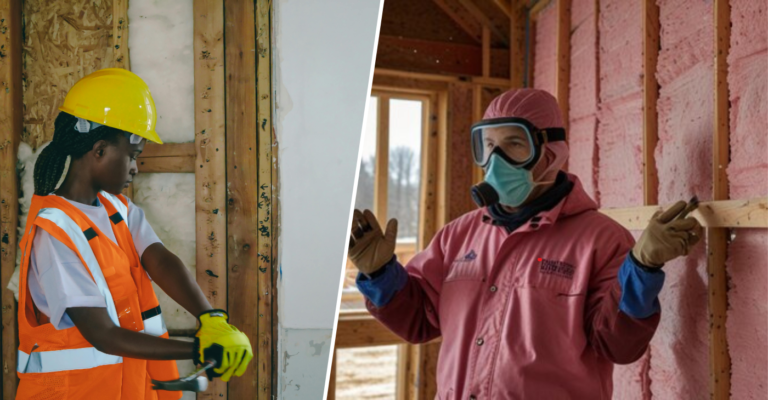How much building sand do I need?
Estimating the right amount of building sand for your project is essential for efficiency and cost management. Whether you are undertaking a large construction job, a small DIY project, or landscaping your garden, knowing how much sand you need can save time and money. Accurate calculations help prevent material shortages or excess, ensuring that your project runs smoothly from start to finish.
This guide will walk you through the process of determining your sand requirements. From understanding the factors that affect sand quantity to using practical tools for calculation, we will cover everything you need to know. By the end of this article, you will be equipped with the knowledge to estimate the correct amount of sand for your specific needs.
What are the characteristics of building sand?
Building sand is an essential component in many construction and home improvement projects. It’s a versatile material used in a variety of applications, including making concrete and mortar, laying bricks and blocks, and providing a stable base for paving. Understanding the different types of building sand and their specific uses can help you choose the right sand for your project and ensure the best results.
Building sand is characterized by its fine texture and is typically free from impurities. The most common type is known as soft sand, or bricklayers’ sand, which has a smooth consistency and is ideal for making mortar. This type of sand binds well with cement, creating a strong, flexible mix that’s perfect for bricklaying and pointing. Another type of building sand is sharp sand, or coarse sand, which has larger particles and is often used in concrete mixes and for laying paving slabs. Sharp sand provides a solid, durable base because its coarser grains lock together more effectively.
When selecting building sand, it’s crucial to consider the requirements of your specific project. For instance, mortar for bricklaying requires a finer sand for a smooth finish, while a patio base might benefit from the sturdiness provided by sharp sand. Additionally, the quality of the sand plays a significant role in the longevity and strength of your construction. Ensuring the sand is clean and free from contaminants such as clay, silt, and organic matter will improve the integrity of your mix.
How to assess your project’s needs?
Before you can determine how much building sand do I need, it’s important to have a clear picture of your project. Are you building a patio, a brick wall, or perhaps a garden pathway? Different projects will have different sand requirements.
Measuring the area
To calculate how much building sand do I need, I must first measure the area and depth of the space to be filled. Accurate measurements are the backbone of any good estimation. Learn how to measure the area you need to cover, whether it’s a rectangular patio or a more complex structure. This section will guide you through the process of measuring length, width, and depth.
Understanding mix ratios
For projects involving mortar or concrete, understanding the correct mix ratios is essential. This section will explain the common ratios for various types of construction work and how they impact the amount of sand you need.
Calculating volume
Once you have your measurements and mix ratios, it’s time to calculate the volume of sand required. This section will provide formulas and examples to help you make these calculations with confidence.

Accounting for waste
In any construction project, it’s wise to account for a certain amount of waste. Learn how to factor in extra sand to cover mistakes, settling, and other unexpected needs.
Purchasing sand
Knowing how much sand you need is only part of the equation. This section will offer tips on where to buy sand, what types to look for, and how to ensure you’re getting the best quality for your project.
Calculating sand quantity
Step-by-sep calculation
- Measure the area (length x width).
- Calculate the volume by multiplying the area by the desired thickness (Volume = Length x Width x Thickness).
- Convert the volume to weight using the density of sand (approximately 1,600 kg/m³).
Example calculation
- For a 10m x 5m area with a 0.1m sand layer:
- Volume = 10m x 5m x 0.1m = 5m³
- Weight = 5m³ x 1,600 kg/m³ = 8,000 kg (8 tonnes)
Using online tools
I often use online tools to quickly answer the question, how much building sand do I need?
Online calculators
Online calculators can make figuring out how much building sand you need a breeze. Just input the length, width, and thickness of the area where you’ll be using the sand. The calculator will then tell you how much sand you’ll need in different units, like cubic feet, cubic meters, or tons. This is really handy if you’re not comfortable doing the math yourself.
Practical tips
Accounting for waste – Always add a little extra to your sand calculations-about 5-10%. This helps cover any sand that might be wasted or spilled during your project. It’s better to have a bit more than you need than to run out halfway through the job.
Consulting suppliers – Talk to your sand supplier about your project. They can give you good advice on how much sand you’ll need and what type is best for your specific job. They might also offer bulk discounts or other cost-saving tips.
Checking mix ratios – When mixing sand with other materials like cement, it’s important to use the right mix ratios. This ensures that your mortar or concrete is strong and durable. Follow the recommended proportions for the best results.
Common mistakes
Underestimating waste – A common mistake is not accounting for waste. Always plan for some extra sand to cover any that gets lost or wasted. This prevents you from running out and having to make extra trips to the supplier.
Incorrect measurements – Make sure your measurements for the area and thickness of the sand layer are accurate. Mistakes here can lead to either too much or too little sand. Double-check your measurements to get it right.
Ignoring mix ratios – Ignoring the correct mix ratios can weaken your construction. Always follow the recommended proportions for mixing sand with cement or other materials to ensure your project is strong and lasts a long time.

How building type and size influence sand quantity calculations?
The type and size of your building project play a significant role in determining how much building sand you’ll need. Different projects have unique requirements and understanding these can help you make accurate calculations and avoid any potential issues.
Building type
The type of construction project you’re working on will dictate the kind of sand you need and the amount required. For example:
- Bricklaying: If you’re building a brick wall, you’ll need fine, soft sand for making mortar. Mortar requires a specific mix ratio of cement to sand, typically 1:4. Knowing the volume of bricks you’re using will help you estimate the amount of sand needed.
- Concrete foundations: For concrete foundations or slabs, a coarser sand known as sharp sand is used in the mix. The typical mix ratio for concrete is 1 part cement, 2 parts sand, and 4 parts aggregate. The total volume of concrete required will determine how much sand you need.
- Paving and patios: Laying a patio or paving involves creating a stable base layer of sand. This usually requires a thicker layer of sand, and the amount needed depends on the area and depth of the sand layer.
Building size
The size of your project significantly influences the quantity of sand required. Here’s how to calculate it:
- Measure the area: First, measure the length and width of the area where you’ll be using the sand. Multiply these two measurements to get the total area.
- Determine the depth: Decide on the depth of the sand layer. This can vary depending on the type of project. For example, a patio base might need a 2-inch layer of sand.
- Calculate sand for concrete:: Multiply the area by the depth to get the volume of sand needed. Ensure all measurements are in the same units (e.g., feet, meters).
For example, if you’re laying a patio that is 10 feet by 10 feet with a 2-inch sand layer, you would calculate it as follows:
- Area: 10 ft x 10 ft = 100 square feet
- Depth: 2 inches = 0.167 feet
- Volume: 100 sq ft x 0.167 ft = 16.7 cubic feet of sand
Adjusting for waste
Always include a buffer in your calculations to account for waste and spillage. Adding an extra 5-10% to your total volume ensures you have enough sand to cover any unforeseen needs.
Calculate the right amount of construction sand
Consider you’re building a brick wall and laying a patio simultaneously. For the brick wall:
- Calculate the number of bricks.
- Determine the volume of mortar required using the 1:4 ratio.
- For every cubic meter of mortar, you’ll need approximately 0.8 cubic meters of sand.
For the patio:
- Measure the area and depth as described.
- Calculate the volume of sand needed.
Summing up the sand required for both the brick wall and the patio, and adding a buffer for waste, will give you the total sand needed for your project.
Summary
Understanding how much building sand do I need can prevent delays and additional costs during construction. Accurate calculations prevent shortages or excess, ensuring smooth execution. Building sand varies by type, such as soft sand for mortar and sharp sand for concrete. Key steps include accurate measurements, understanding mix ratios, and accounting for waste with an extra 5-10%. Online calculators and supplier consultations can aid in precise estimates. Different projects, like bricklaying, concrete foundations, and paving, have specific sand needs, influenced by project size and type. By considering these factors, you can ensure an adequate sand supply for a successful construction process.







